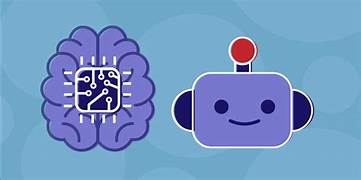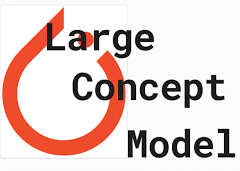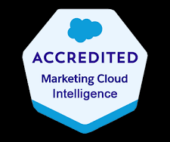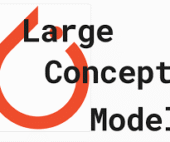General-purpose large language models (LLMs) offer businesses the convenience of immediate use without requiring any special setup or customization. However, to maximize the potential of LLMs in business environments, organizations can achieve significant benefits by customizing these models through training on their own data.
Custom LLMs excel at handling organization-specific tasks that generic LLMs—such as OpenAI’s ChatGPT or Google’s Gemini—may not manage as effectively. By training an LLM on data unique to the enterprise, businesses can fine-tune the model to produce responses that are highly relevant to specific products, workflows, and customer interactions.
To determine whether to customize an LLM with organization-specific data, businesses should first explore the various types of LLMs and understand the advantages of fine-tuning a model on custom data sets. Following this, they can proceed with the necessary steps: identifying data sources, cleaning and formatting the data, adjusting model parameters, retraining the model, and testing it in production.
Generic vs. Customized LLMs
LLMs can be broadly categorized into two types:
- Generic LLMs: These models are designed to support a wide range of use cases and are typically trained on vast and diverse datasets. Large-scale LLMs, like those developed by OpenAI and Google, are trained on extensive data sources that include nearly all publicly available information on the internet.
- Customized or Fine-tuned LLMs: These models are tailored by training on specific, purpose-built datasets relevant to a particular organization. In a business context, this might involve using company-specific documentation, emails, or product data that a generic LLM may not have encountered during its initial training.
Training an LLM on custom data doesn’t imply starting from scratch; instead, it often involves fine-tuning a pre-trained generic model with additional training on the organization’s data. This approach allows the model to retain the broad knowledge it acquired during initial training while enhancing its capabilities in areas specific to the business.
Benefits of Customizing an LLM
The primary reason for retraining or fine-tuning an LLM is to achieve superior performance on business-specific tasks compared to using a generic model. For example, a company that wants to deploy a chatbot for customer support needs an LLM that understands its products in detail. Even if a generic LLM has some familiarity with the product from public data sources, it may lack the depth of knowledge that the company’s internal documentation provides.
Without this comprehensive context, a generic LLM might struggle to generate accurate responses when interacting with customers about specific products. Generic models are optimized for broad usability, which means they may not be tailored for the specialized conversations required in business scenarios.
Organizations can overcome these limitations by retraining or fine-tuning an LLM with data related to their products and services. During this process, AI teams can also adjust parameters, such as model weights, to influence the type of output the model generates, making it more relevant to the organization’s needs.
Steps to Customize an LLM with Organization-Specific Data
To customize an LLM with your organization’s data, follow these steps:
- Identify Data Sources
- Select data sources that are:
- Sufficient in volume to enable effective retraining.
- Directly relevant to the custom use cases.
- High in quality, minimizing issues like typos or incomplete records.
- Compatible with the LLM, whether the model supports text, images, or other data types.
- Select data sources that are:
- Clean the Data
- Address data quality issues by:
- Removing corrupt data.
- Reducing duplicates.
- Completing or removing incomplete records.
- Tools like OpenRefine and other data quality tools can assist in this process.
- Address data quality issues by:
- Format the Data
- Format the data to help the LLM recognize patterns and relationships. For example, structure customer support emails by categorizing customer queries as inputs and support responses as outputs. While some models can handle inconsistently structured data, standardized formatting often leads to better model performance.
- Customize Parameters
- Adjust model parameters, such as weights, to guide how the model interprets data. For instance, if the model needs to understand technical jargon specific to a product, adjusting weights can help it relate specialized terminology to everyday language used by customers.
- Retrain the Model
- Execute the retraining process by ingesting the prepared data into the model and applying the customized parameters. The time required for retraining varies depending on the data volume and the hardware used.
- Test the Customized Model
- Deploy the retrained model and assess its performance. Testing is crucial as it helps identify areas where the model may need further adjustment or additional retraining. Achieving the best possible performance often involves iterative testing and refinement.
By following these steps, organizations can transform a generic LLM into a powerful, customized tool tailored to their unique business needs, enhancing efficiency, customer satisfaction, and overall operational effectiveness.













